Healthy Aging & You: The 7 Keys to Fitness Achievement
What does it mean to be fit or “be in shape”? We set fitness goals for a variety of reasons that are important to us at the time but in the long run is really losing weight a lasting goal? Do we really ever regard the “real” point of becoming fit? Probably not. Getting older means losing “something” in most people’s minds (mobility, independence, freedom to do what we love to do etc.). It however doesn’t have to be that way. If we think in terms of performance based goal setting and being able to do all the things we love to do over time – regardless of age – we will find that getting older doesn’t have to mean “getting old”. I would like to share with you what I consider the seven keys to fitness that if we maintain over time we will be able to be not only functional but vibrant and healthy as well.
Discussion
I have always maintained that if I remained fit for life that I would be training every day toward becoming an “evolving athlete” – capable of “doing what I want, when I want – without getting hurt”. This is as good a definition of what it means to be fit to me given my track record as a fitness professional. Taking time today to evaluate what you REALLY want from your fitness activities is probably a good idea and worth the effort and time up front so that you can access the benefits that you TRULY want from your training program. Here are the seven keys to fitness that will make your efforts worthwhile:
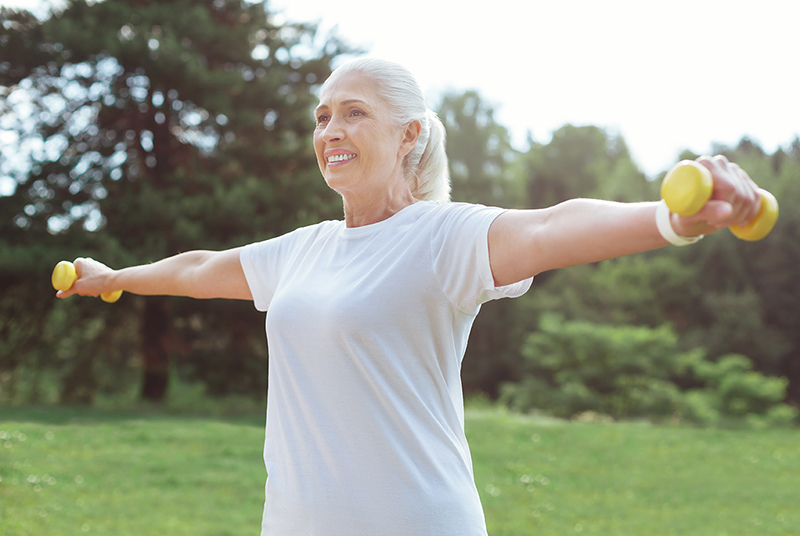 #1. Strength
#1. Strength
Strength is a cornerstone of any fitness program. How we build strength over time is dependent on our effort and focus at being consistent in all we do. I started a weight training program in college with the help of the varsity football team at Syracuse University in 1965 and learned the basic principles of strength training with their help. I am still using those same methods and training principles today 50 years later and the secret to my success is clearly defined methodology and consistency of effort. I record all my results in a written log and am now in a training mode for my 70’s that will enable me to be able to run well into my 80’s thanks to my resistance training program. What do you want to be able to do as you age? Strength training is THE foundation for healthy aging.
#2. Endurance
Endurance is being able to do an activity – any activity – over time without tiring and running out of fuel. Endurance is training for the heart and the cardiovascular system and enables us to be able to do more in our lives without tiring. Running is a key activity that I have engaged in since 1964 and has remained a cornerstone of my training program since then. I am doing 7 mile runs at a variety of speeds and currently have accumulated a body of work that has stretched over 70,000 miles. Since 2000 I have run 23,500 miles and I know these results because I have recorded each of my workouts in detail in a runner’s calendar and know where I have been, where I am in my training and where I am going. I want to be able to run a 6 minute mile on my 80th birthday in 2026 and current results say I will be able to do it – barring injury or illness. My book on healthy aging is simple but not easy. Pick what you love to do and keep doing it – and continue to learn more about yourself every day. Be a student of your own life and never stop learning!
#3. Power
Power comes from being able to retain “explosive” ability over time. Old people lose their power and never regain it because they may have known they had it in the first place. Power is both mental and physical. It resides in the mind as well as the body. Many forms of exercise help us retain our power from yoga to dance (yes dance) to tai chi – and of course weight training. I use several exercises in my own programming for this purpose – from pushups, dips, bench press, leg press, weighted ab work, lunges, squats and other exercises that allow me to retain the power in my body. My “mindfulness” work is embodied in my meditation and visualization (imagination) work that I am committed to doing daily. I also use sprint workouts in order to increase my anaerobic threshold which determines my ability to engage as many of my “fast twitch” muscle fibers as I can. So far I am doing 250 pushups, 1000 crunches, and running sub 6 minute miles while still bench pressing 250 lbs. for my “power set”. If I maintain these results over time I WILL retain my power as I enter my 70’s next year.
#4. Speed
Most of us lose speed after we leave our 20’s. If we have struggles with health issues we most likely never thought of speed as a part of our lives. Injured joints, soft tissue damage and other debilitating issues will prevent us from ever being fast but it is still worth our time to try and improve our speed of movement. I love to run fast and I will always have this aspect of fitness in the front of my mind as I train my body in the future. I love sprint workouts and will most likely keep the track in my sights going forward. Right now running indoors suits me and I am making real strides in developing leg speed and maintaining a “rhythm” that I positively love. What will you do to address speed in your programming? Seek to rise to a higher level of achievement and see what happens to your confidence!
#5. Agility
Agility is an elusive quality and many of us never really train for it because it is hard to simulate agility in a training program. Athletes must all have some form of agility or quickness to play their sports at the highest level so they routinely add agility drills to their off season programming. It takes effort and desire but can be a real asset to any training regimen. Seek out new ways of addressing this skill set and see how you might incorporate some agility training into your program and see what happens. Personal trainers and group fitness instructors can – and do – use agility training as a part of their instruction. I am thinking about this aspect of fitness as well and have not yet decided on a course for myself yet so I am still an “evolving athlete” too.
#6. Balance
Balance is a key to becoming fit and implies not only physical balance but mental and emotional balance as well. Being balanced means that we can more easily respond to life’s challenges and roll with the punches as change enters our lives. Being physically capable of balancing our bodies is a worthy goal. Yoga is a great way to learn to balance the mind and body. The poses help you acquire a “sense of self” in space and time. I use yoga as a part of my stretching routine to “release” tension from my joints and muscles following my training. I find breathing exercises to be useful in calming me and balancing my mind with my heart and is also a soothing way to address stress in my life. Use basic principles of achieving balance in your life and you will go far and be healthy along the way.
 #7. Flexibility
#7. Flexibility
I saved flexibility for last because it captures for me the essence of health and fitness. Being flexible in our thinking and in our physical being is a reward for all our hard work. I am more open to change in my life than I ever thought possible. “Change is the only constant in the natural order” is one of the important lessons I learned from a favorite teacher over 30 years ago and only now am I finally beginning to truly understand this concept as change accelerates in my own life. “Feeling in control” of our lives is important but when we realize that what we love today may change in our lives tomorrow we become more adaptable and willing to change so that we can continue to grow and expand in consciousness. Life is bigger than we can imagine and if we become flexible in body we can save ourselves from injury and if we become flexible in our thinking we can become healthier – and happier – grateful for all that we have been given.
Conclusion
The seven keys to becoming – and staying fit are: Strength, endurance, power, speed, agility (quickness), balance and flexibility. Where do you fall short when it comes to your own fitness? Where do you feel you need to improve your training? What do you REALLY want to accomplish with your training? Looking good is fine but what do you want to DO with your training? I want to travel, water ski, play with my grandson and teach him to be active, empower and inspire audiences to make positive changes in their lives, write more books and articles on healthy aging and live a fulfilling and rewarding (and meaningful life). Time is precious so use it well and gain your freedom to be all you were meant to be!
Reprinted with permission from Nicholas Prukop.
Nicholas Prukop is an ACE Certified Personal Trainer & a Health Coach and fitness professional with over 25 years of experience. His passion for health and fitness comes from his boyhood in Hawaii, where he grew up a swimmer on Maui. He found his calling in writing his first book “Healthy Aging & You: Your Journey to Becoming Happy, Healthy & Fit” and since then he has dedicated himself to empowering, inspiring and enabling people of all ages to reach for the best that is within them and become who they are meant to be – happy, healthy and fit – and be a part of a world where each person can contribute their own unique gifts to life.


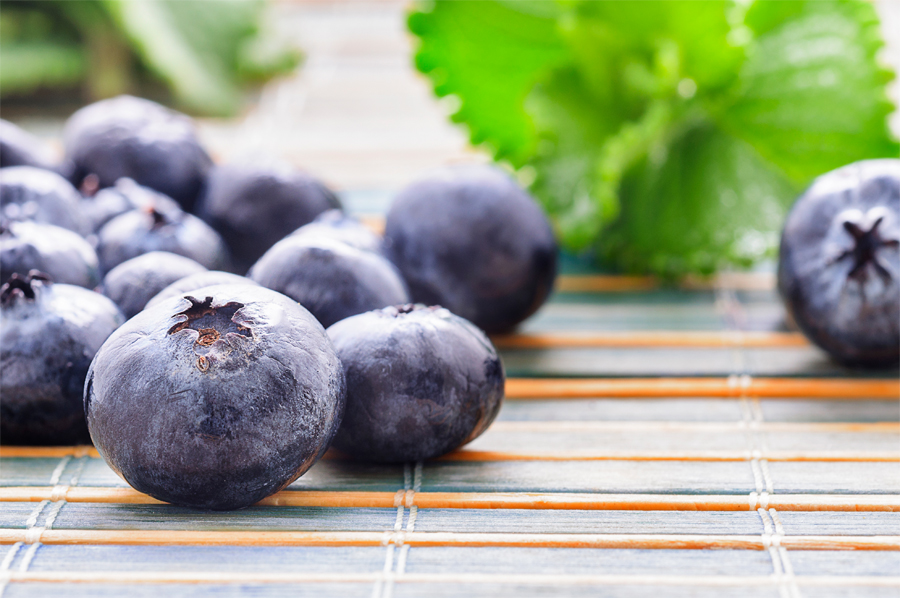
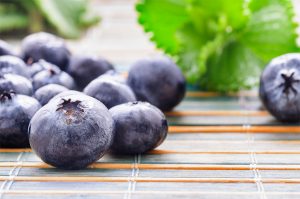 Like all of us, people with
Like all of us, people with  Sometimes diseases of the eye can occur in People with Parkinson’s. Beta-Carotene is a type of Vitamin A that helps maintain retina function and is found in carrots and sweet potatoes. Leafy green vegetables and egg yolks contain lutein and antioxidants that may lower the risk of cataracts and macular degeneration.
Sometimes diseases of the eye can occur in People with Parkinson’s. Beta-Carotene is a type of Vitamin A that helps maintain retina function and is found in carrots and sweet potatoes. Leafy green vegetables and egg yolks contain lutein and antioxidants that may lower the risk of cataracts and macular degeneration.

 Keeping up with the latest science-based sports nutrition recommendations is a challenge. We are constantly bombarded with media messages touting the next miracle sports food or supplement that will enhance athletic performance, promote fat loss, build muscle, and help you be a super-athlete. At this year’s Annual Meeting of the American College of Sports Medicine (
Keeping up with the latest science-based sports nutrition recommendations is a challenge. We are constantly bombarded with media messages touting the next miracle sports food or supplement that will enhance athletic performance, promote fat loss, build muscle, and help you be a super-athlete. At this year’s Annual Meeting of the American College of Sports Medicine (


 Embedded in these still comments, intended to be compliments, are platitudes served on silver platters. Sure, they appear nice and clean and friendly, yet under the shiny shellacked surface is a sharp jab. What are we saying when we say someone is still capable of completing activities of daily living? Perhaps a round of applause that they are seemingly independent. Why then is inter dependence not congratulated? As a species is there truly anyone who is fully independent? We all rely on someone to some extent. Taking a look across the life span, we can see a continual push to be independent. If we say, “She’s 47 and she still lives alone,” then this begs questions of “What’s wrong with her?” or simply, “Why?” However, the script and responses are very different if we say, “She’s 97 and she still lives alone.” Often, the question then becomes, “Oh, what is she doing right?” With an implied, “If I take similar measures then I too will live to be that age and be
Embedded in these still comments, intended to be compliments, are platitudes served on silver platters. Sure, they appear nice and clean and friendly, yet under the shiny shellacked surface is a sharp jab. What are we saying when we say someone is still capable of completing activities of daily living? Perhaps a round of applause that they are seemingly independent. Why then is inter dependence not congratulated? As a species is there truly anyone who is fully independent? We all rely on someone to some extent. Taking a look across the life span, we can see a continual push to be independent. If we say, “She’s 47 and she still lives alone,” then this begs questions of “What’s wrong with her?” or simply, “Why?” However, the script and responses are very different if we say, “She’s 97 and she still lives alone.” Often, the question then becomes, “Oh, what is she doing right?” With an implied, “If I take similar measures then I too will live to be that age and be 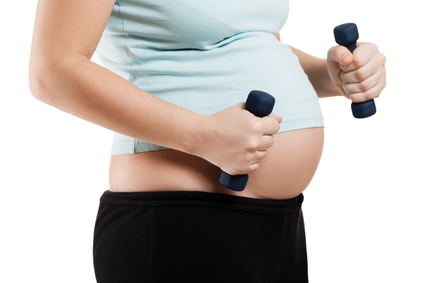
 Pregnancy is a time of excitement, uncertainties, fears, and many profound physical and emotional changes. This “season in life” affords mom a wonderful opportunity to adopt a healthier lifestyle. Starting an exercise program during pregnancy is a great way to begin and continue this healthier lifestyle for herself and subsequently for her child. With obesity on the rise in the US, it is important for everyone to increase their current level of physical activity. This is especially important for pregnant women as the results of obesity and excessive weight gain have been shown to be detrimental to both mom and baby long term.
Pregnancy is a time of excitement, uncertainties, fears, and many profound physical and emotional changes. This “season in life” affords mom a wonderful opportunity to adopt a healthier lifestyle. Starting an exercise program during pregnancy is a great way to begin and continue this healthier lifestyle for herself and subsequently for her child. With obesity on the rise in the US, it is important for everyone to increase their current level of physical activity. This is especially important for pregnant women as the results of obesity and excessive weight gain have been shown to be detrimental to both mom and baby long term. The most recent guidelines for prenatal exercise were included in the 2008 US Dept. of Health and Human Services Physical Activity Guidelines (5). Women who are not currently active should strive for at least 150 minutes of moderate intensity cardiovascular activity per week. This translates to 30 minutes of exercise 5 days a week, very similar to the ACOG guideline. They recommend that those women who are currently active may continue their normal routine providing there is an open line of communication with their healthcare providers
The most recent guidelines for prenatal exercise were included in the 2008 US Dept. of Health and Human Services Physical Activity Guidelines (5). Women who are not currently active should strive for at least 150 minutes of moderate intensity cardiovascular activity per week. This translates to 30 minutes of exercise 5 days a week, very similar to the ACOG guideline. They recommend that those women who are currently active may continue their normal routine providing there is an open line of communication with their healthcare providers Pregnancy is an ideal time for maintaining or adopting a healthy lifestyle. Recommendations from ACOG Committee Opinion Number 650, “Physical Activity and Exercise During Pregnancy and the Postpartum Period” include:
Pregnancy is an ideal time for maintaining or adopting a healthy lifestyle. Recommendations from ACOG Committee Opinion Number 650, “Physical Activity and Exercise During Pregnancy and the Postpartum Period” include:

 Positive thinking is our default when we want to improve an area of our lives. We journal, recite affirmations, and work to build our positive thoughts. What Eker points out is that positive thinking implies that we accept our own thoughts as truth.
Positive thinking is our default when we want to improve an area of our lives. We journal, recite affirmations, and work to build our positive thoughts. What Eker points out is that positive thinking implies that we accept our own thoughts as truth.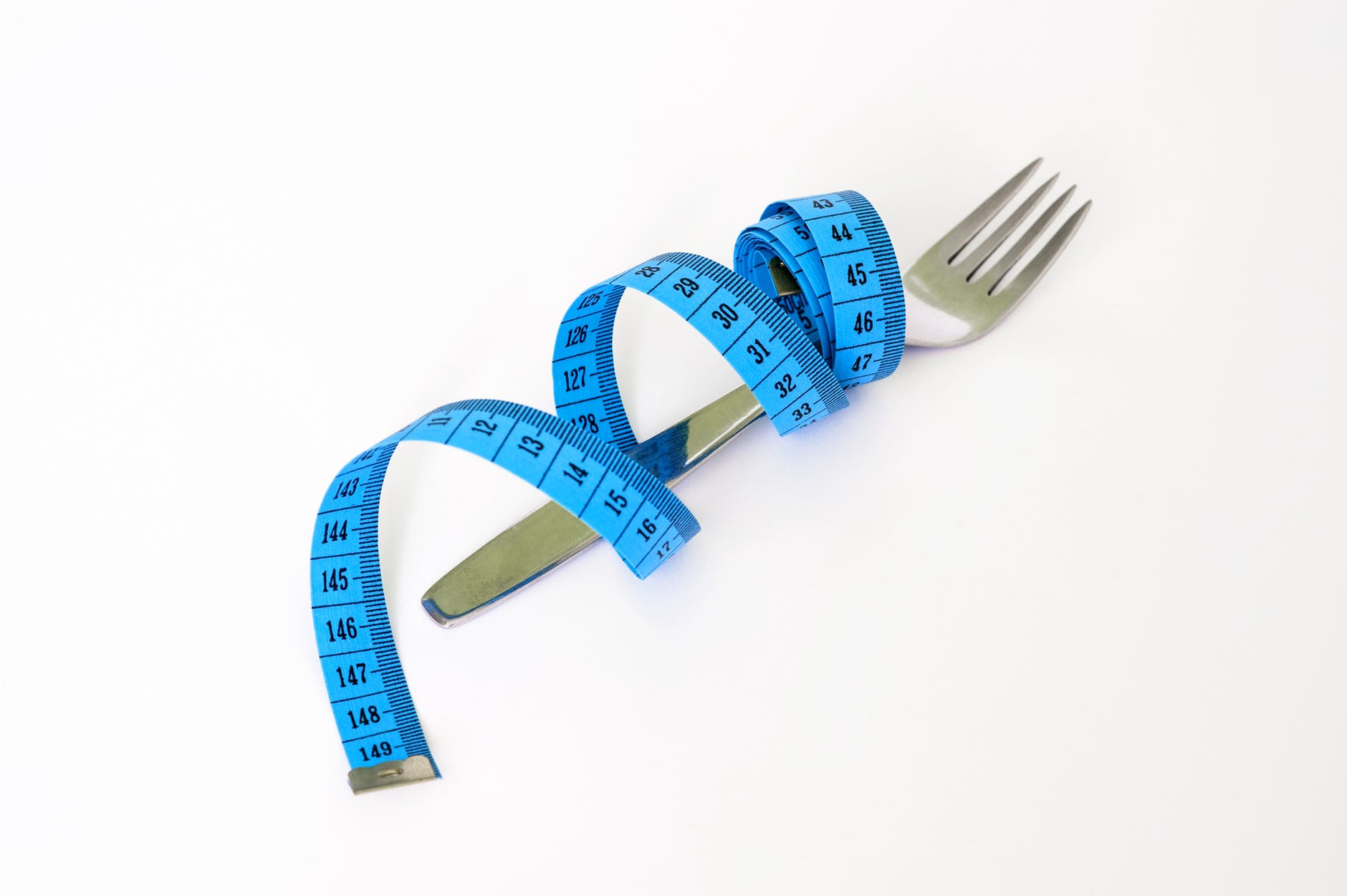
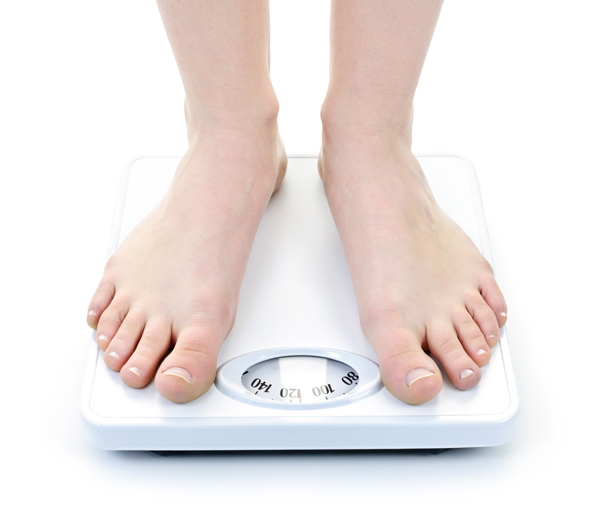 Like Cicero coining the phrase “Ipse dixit” (“He, himself, said it”) in reference to the mathematician Pythagoras, we tend to appeal to the pronouncements of the master (in our society, celebrities and the media) rather than to reason or evidence. After all, if Jillian Michaels from TV’s The Biggest Loser or any other celebrity trainer says it’s so, it must be so, right? This has led to the proliferation of many myths in the weight-loss and fitness industry. Why do we think or claim we know things that we actually do not know? There are so many passionate people in the weight-loss and fitness industry, which is great, but oftentimes that passion gets in the way of science. And that can be dangerous. Do you know your weight-loss facts from fiction?
Like Cicero coining the phrase “Ipse dixit” (“He, himself, said it”) in reference to the mathematician Pythagoras, we tend to appeal to the pronouncements of the master (in our society, celebrities and the media) rather than to reason or evidence. After all, if Jillian Michaels from TV’s The Biggest Loser or any other celebrity trainer says it’s so, it must be so, right? This has led to the proliferation of many myths in the weight-loss and fitness industry. Why do we think or claim we know things that we actually do not know? There are so many passionate people in the weight-loss and fitness industry, which is great, but oftentimes that passion gets in the way of science. And that can be dangerous. Do you know your weight-loss facts from fiction?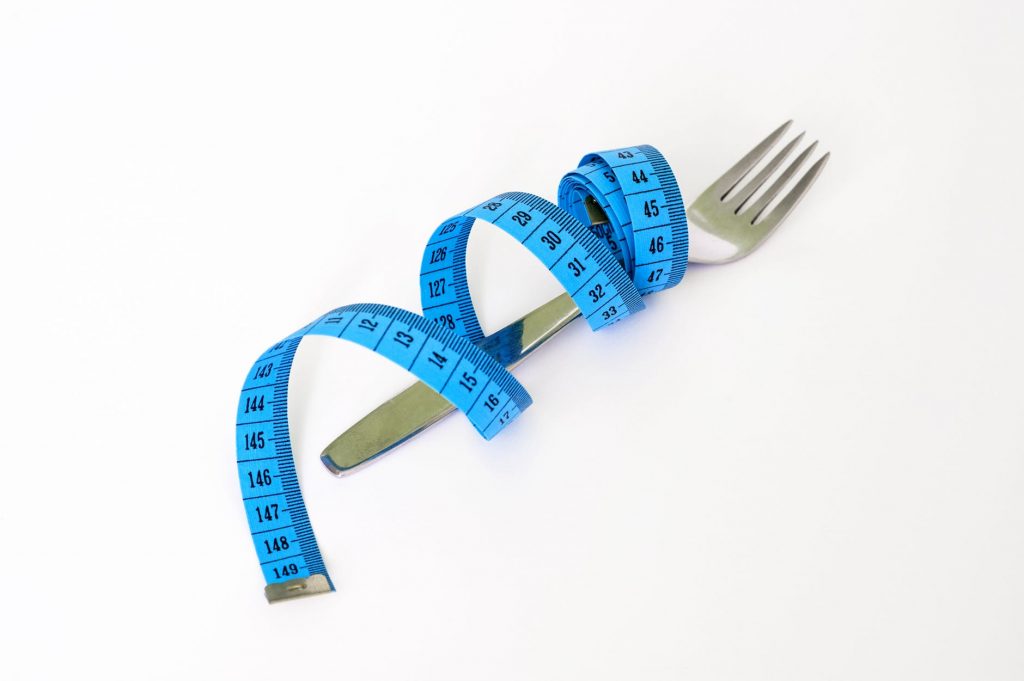 Myth: Nutrition (diet) is more important than exercise for losing weight and looking good.
Myth: Nutrition (diet) is more important than exercise for losing weight and looking good.

 Peach Salsa Phyto Facts
Peach Salsa Phyto Facts